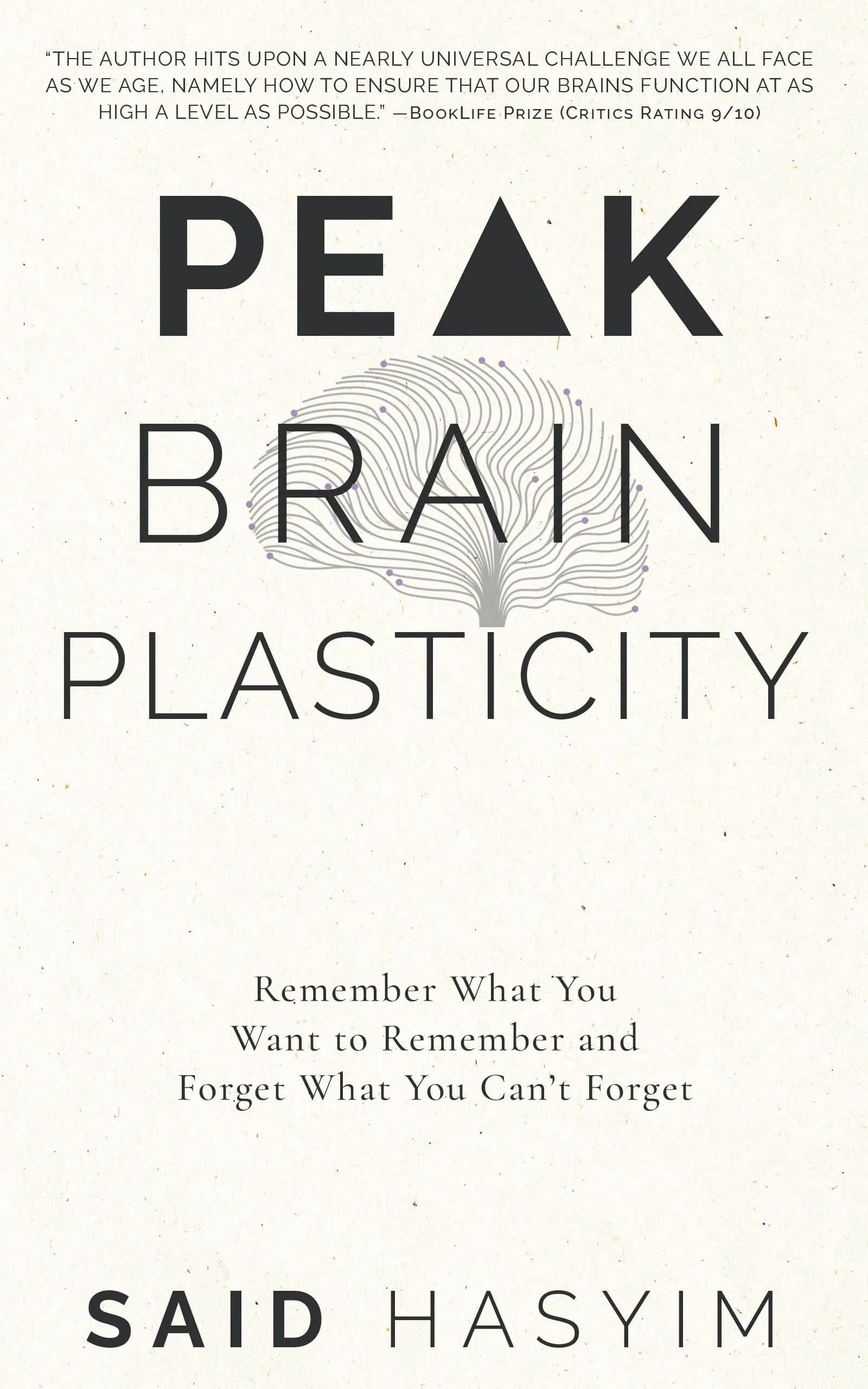How to Create Effective Memory Aids
Memory is an essential cognitive function that helps us learn, retain, and recall information. Whether you’re a student trying to ace exams, a professional needing to master new skills, or someone simply wishing to remember important details, memory aids can be invaluable. This blog post will guide you through the process of creating effective memory aids that cater to your unique learning style.
What Are Memory Aids?
Memory aids are tools or techniques designed to enhance our ability to remember information. They can take various forms, including but not limited to mnemonic devices, diagrams, flashcards, lists, and even rhymes or songs. The effectiveness of these aids often depends on how well they align with your personal learning preferences.
Why Use Memory Aids?
Using memory aids can make complex information easier to digest and recall. They help:
Organize Information: Memory aids can help break down large amounts of information into smaller, more manageable chunks.
Enhance Retrieval: They often provide cues that allow us to retrieve the information effortlessly.
Engage Multiple Senses: Many techniques encourage visual or auditory engagement, making learning more interactive.
Aid Long-Term Retention: By utilizing these aids, you can reinforce what you've learned and boost your chances of retaining information over time.
Types of Memory Aids
1. Mnemonic Devices
Mnemonic devices involve creating a memorable association to help recall larger sets of information. Here are some widely used mnemonic techniques:
Acronyms: Forming a word or phrase out of the initial letters of the items you need to remember. For example, to remember the colors of the rainbow, you might use "ROYGBIV" (Red, Orange, Yellow, Green, Blue, Indigo, Violet).
Acrostics: Creating a sentence where each word starts with the first letter of an item. For example, "My Very Educated Mother Just Served Us Noodles" helps remember the planets in our solar system.
2. Visual Aids
Visual aids can make learning more engaging and memorable. Here are some effective formats:
Diagrams and Concept Maps: Drawing out relationships among concepts can clarify complex material and make it visually appealing.
Flashcards: Create flashcards with questions on one side and answers on the other. This format encourages active recall and can be an effective study method.
Infographics: Utilize infographics that combine images and data to summarize information in a visually engaging way.
3. Spaced Repetition
Spaced repetition is a technique that leverages the spacing effect, which involves reviewing information at increasing intervals. You can create a schedule for your study sessions, ensuring that you revisit information just before you are likely to forget it. Tools like apps can assist in automating this process, or you can simply create your own timetable.
4. Storytelling and Visualization
Turning the information you want to remember into a story can make it more relatable and easier to remember. Visualization follows a similar principle; you picture concepts as vivid images or scenes in your mind. This technique is especially effective for remembering lists or sequences.
5. Rhyme and Song
Creating rhymes or setting information to a tune taps into our natural affinity for music and rhythm. You might remember from school the alphabet song, which taught generations the order of letters. Compose your own catchy jingle for important concepts.
Steps to Create Your Own Memory Aids
Step 1: Identify Key Information
Before creating a memory aid, identify the most crucial information you need to retain. This could be definitions, sequences, or interrelated concepts.
Step 2: Choose Your Format
Consider your learning style and the nature of the information:
- If you are a visual learner, diagrams or infographics might be best.
- If you prefer auditory learning, create a rhyme or jingle.
- If you like interactive learning, flashcards or quizzes might suit you.
Step 3: Make It Personal
Personalizing your memory aids can significantly improve their effectiveness. Use examples that resonate with your life or interests. For instance, if you love sports, use sports terminology in your mnemonics.
Step 4: Test and Revise
Once created, test your memory aid by trying to recall the information it represents. If it doesn’t work as assumed, be open to revising it. Experiment with different techniques until you find what clicks with you.
Step 5: Integrate into Learning
Finally, incorporate your memory aids into your regular study routine. Practice regularly, and consider using your memory aids in practical scenarios to reinforce remembering the linked information.
Conclusion
Creating effective memory aids is a powerful way to enhance your learning and retention capabilities. By understanding your learning style and experimenting with different techniques, you can find the tools that work best for you. Don’t hesitate to combine various memory aids to create a comprehensive and engaging approach to your study materials. Remember, the goal is to make learning enjoyable and to facilitate better recall — and with the right memory aids, you can achieve both! Happy studying!
Harness the Power of Neuroplasticity
Discover Peak Brain Plasticity, a practical book to harnessing neuroplasticity. Enhance your memory, learn new languages quickly, and alleviate anxiety with effective study methods. Uncover daily habits that impact cognitive health and explore techniques for accelerated learning and memory retention. Unlock your brain's potential for growth and transformation.
